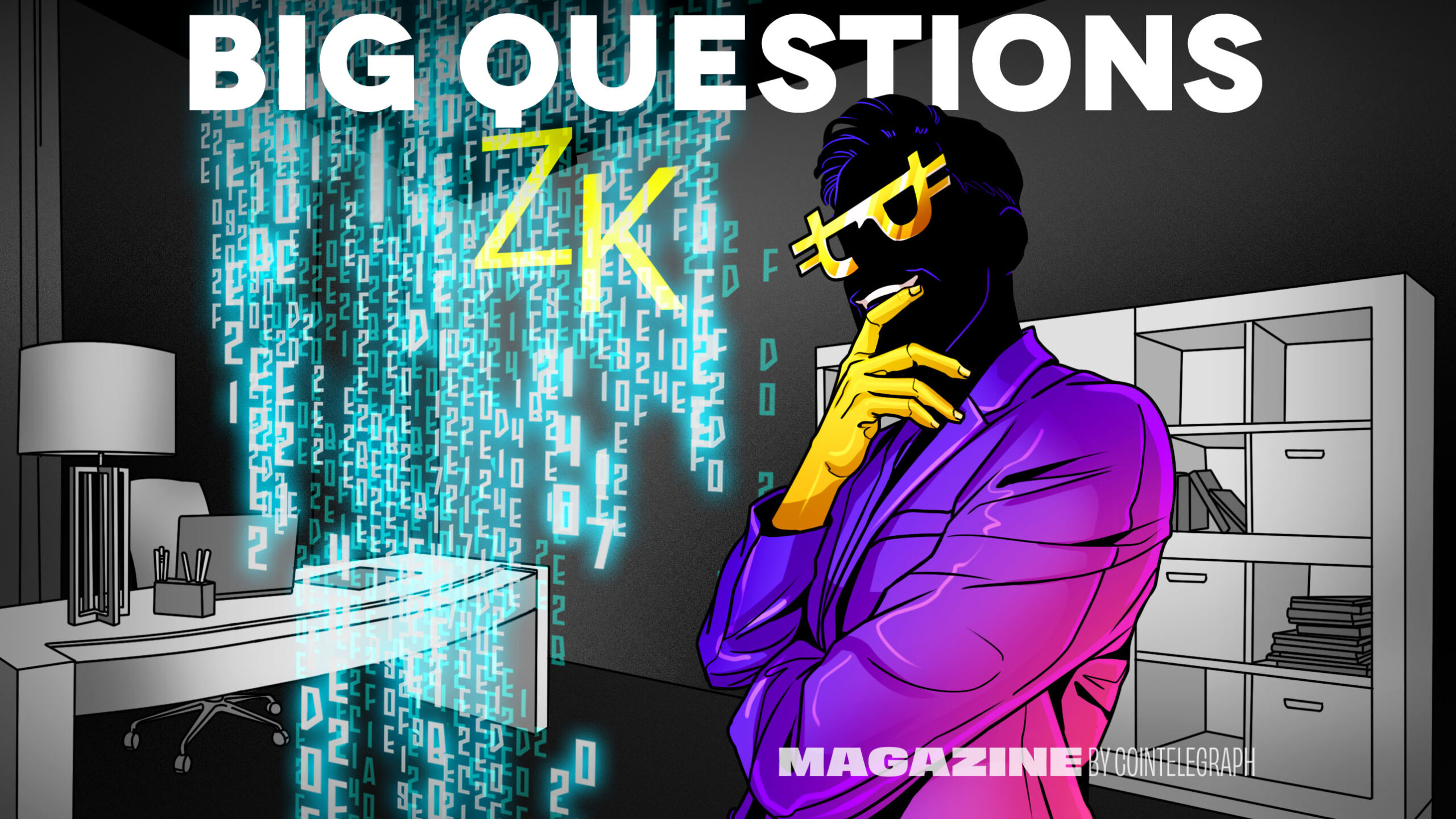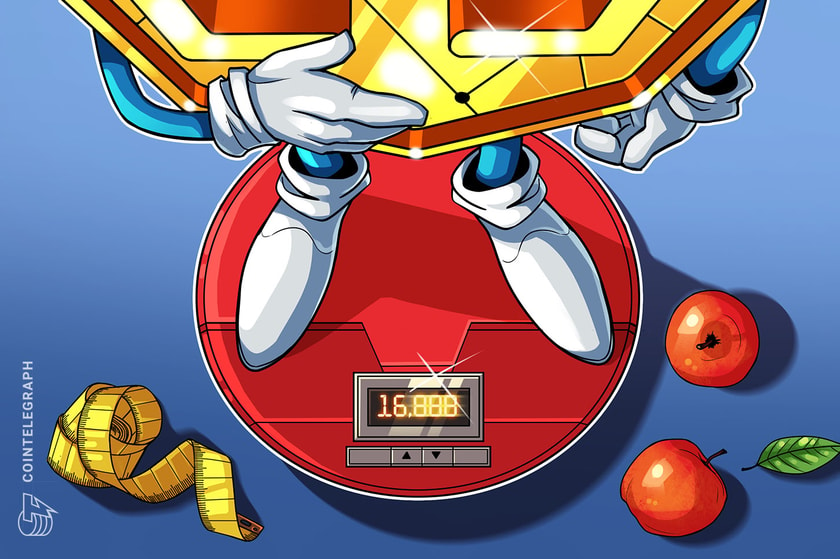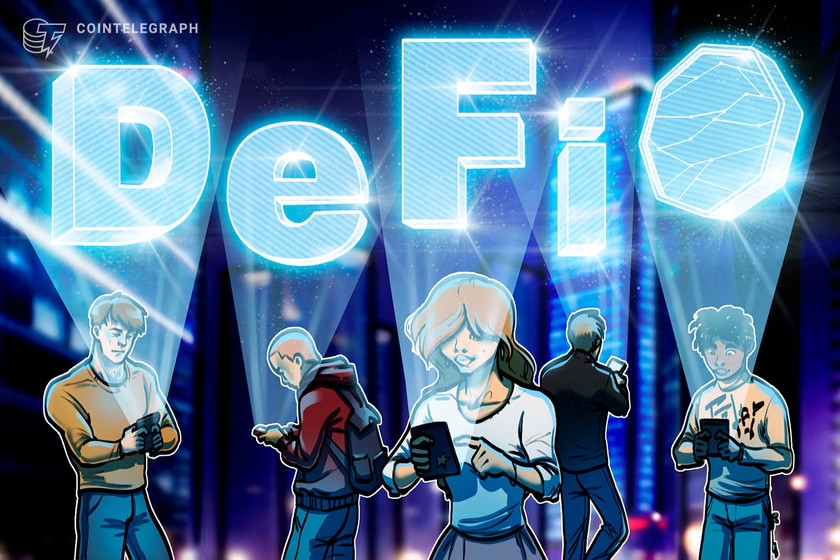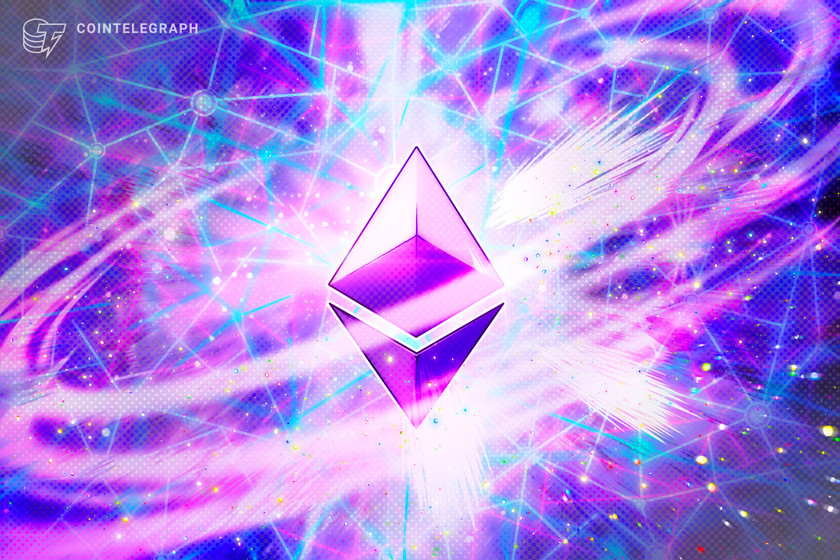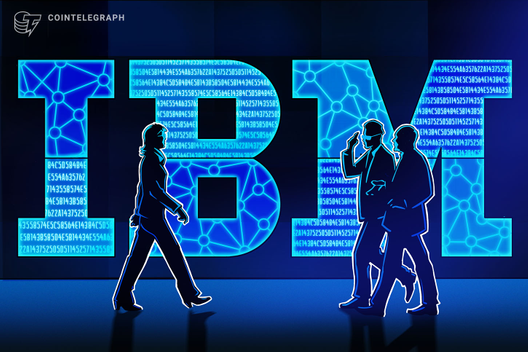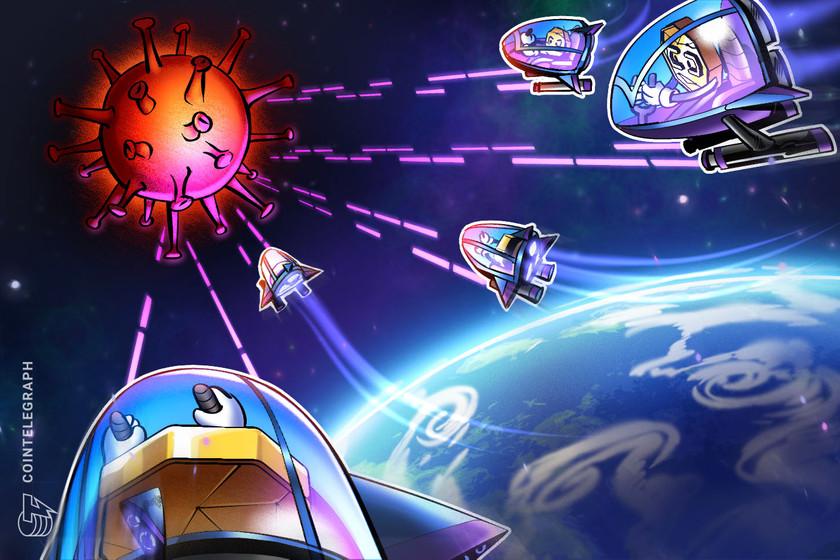Dan Larimer’s newest project is another attempt at decentralized social media
Daniel Larimer, former chief technology officer of Block.one and a co-founder of Block.one and Steemit, has revealed his next project, called Clarion.
The project is meant to become a mobile-first decentralized social media platform, supporting all types of social features like personal messaging via text and video, publishing content to followers or having Discord-like voice chat rooms.
According to Larimer, Clarion “learns lessons from other projects,” including the initial idea for Steemit and Voice, two social media projects he launched or backed.
According to him, the two previous attempts at decentralized social media were “logically centralized” and required “all full nodes to process all transactions.”
Larimer’s idea of a better network draws more from RetroShare and Zeronet, two platforms based on peer-to-peer messaging, with the latter based on BitTorrent. He also cited file sharing protocols like IPFS as good examples of decentralized networks. These present usability challenges though, especially on mobile devices.
Clarion would be developed as a “progressive web application” based on WebAssembly, a framework that allows building high-performance apps on the web, programmed in languages like C++ and Rust. This is mostly necessary to avoid the reliance on native applications distributed through app stores, with Larimer noting that “recent actions by Google, Amazon, and Apple have demonstrated that we cannot rely on app stores and hosting providers to distribute our applications and content.” The WebAssembly architecture also helps when designing desktop full nodes, as it requires minimal changes to the code.
Clarion’s blockchain-related aspects are somewhat less clear, as Larimer described it as not needing to reach consensus on the order of user actions, thus making it a “layer 0” platform. WebAssembly plugins will still allow building applications on top of the “Clarion OS.” Larimer clarified that there will be no tokens associated with the project’s base functionality.
The announcement was met with some skepticism in the community due to Larimer’s perceived history of abandoning projects. Larimer was the co-founder of Steemit, a blockchain-based social media platform popular during 2017, which he left in favor of Block.one, the company behind EOSIO, a blockchain framework underpinning both EOS and Voice, another social media platform.
After Larimer left his post at Block.one in January, many interpreted it as a sign that he was going to build something else, which appears to have been the correct intuition. It is interesting to note that the projects Larimer left did not fare too well afterwards, with Steemit being acquired by Tron in a rocky and controversial deal, while EOS is currently struggling against its newer competitors in terms of adoption.
Larimer still seems to be particularly interested in decentralized social media, a space that is also seeing a growing list of competitors. While his past experience would make Larimer an excellent candidate for building a viable “Big Tech killer,” it also raises the question of why Clarion’s basic ideas could not be implemented earlier, while he was still heading those projects.

